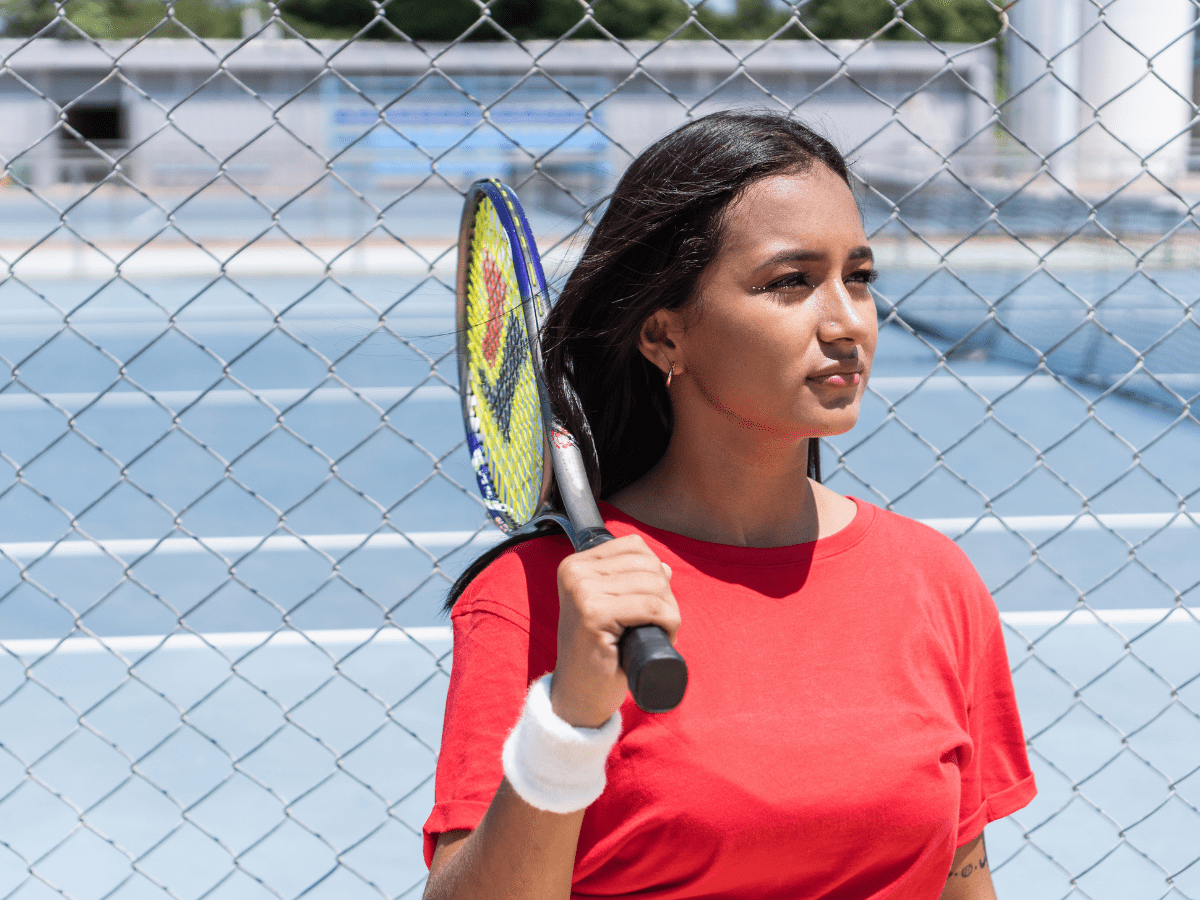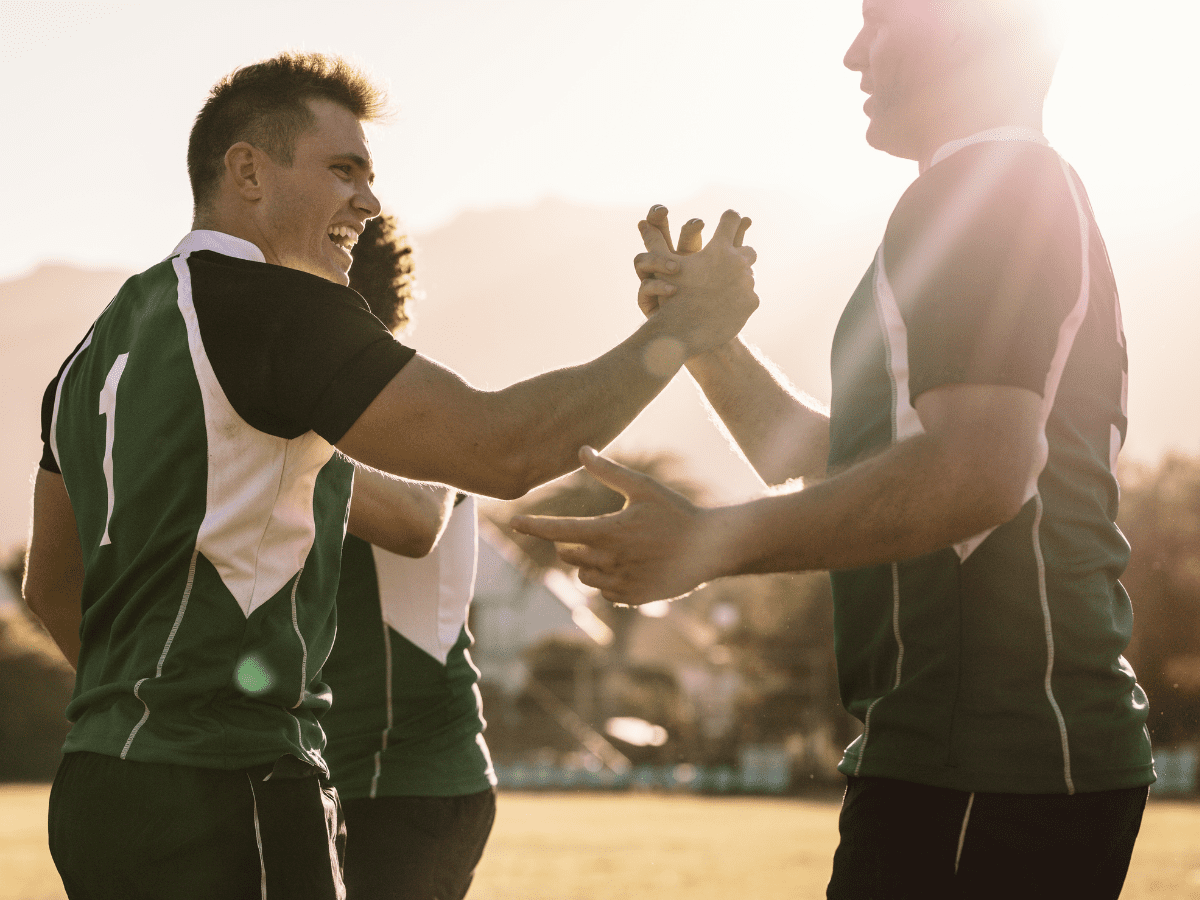Articles
SIRC articles provide evidence-based and actionable insights from sport researchers, athletes, coaches, sport organizations and thought leaders to advance sport in Canada.
Featured Article
Concussions in Sport: What Parents Need to Know About the Youngest Athletes
Each year in Canada, more than 200,000 athletes experience a concussion. The numbers are striking, and so is the fact that until recently, the youngest athletes were almost absent from research and public conversation about these injuries. Dr. Miriam Beauchamp is a professor at the University of Montreal, a researcher at Sainte-Justine Hospital, and Canada…

Search Articles

Introduction and background The mental health of athletes has become a priority issue, both on the field and in the scientific literature. However, most studies have focused primarily on the mental health of Olympic and student athletes. This means that...

Why is it difficult for high performance athletes to ask for help?
July 31, 2024
| Gabrielle Cadotte, Sophie Brassard, and Veronica Allan
In the competitive world of sports, athletes continually push their limits in pursuit of excellence. High performance athletes who are training for events like the Olympic and Paralympic Games face unique stressors throughout the 4-year cycle, from the pressures of...

Team Unbreakable: The transformative power of running for youth mental health
July 18, 2024
| Tim McFadden
Mental health challenges among Canadian youth are a growing concern. It is estimated that up to 20% of children and youth in Canada, which is more than 1.2 million young individuals, are affected by a mental health disorder. Addressing the...

Attention on the body impacts athletes’ minds and movements: Implications for sport performance and participation
July 15, 2024
| Catherine Sabiston
Introduction and Context More than 600,000 Canadian adolescents drop out of sport each year – and miss out on the many benefits that sport offers. Compared to boys, girls are up to six times more likely to drop out of...

The transformative power of sport: Insights from two Canadian Olympic rowers
May 13, 2024
| Maxwell Lattimer and Madison Mailey
Reflecting on my life’s journey, I’m profoundly struck by the transformative impact that sport has had on every facet of my life. The journey from a young sport enthusiast to an elite performer was marked by various challenges and triumphs,...

Suffering in silence: Men’s and boys’ mental health are still overlooked in sport
April 17, 2024
| Michael Kehler and Gabriel Knott-Fayle
For men and boys, caring about sport typically conjures images of passionate competition and fighting for the win. This understanding of care leaves little room for self-care, health and safety, and emotional vulnerability — topics that are fraught with risks for boys...

Bullying does not provide a competitive advantage, it just harms brains
February 28, 2024
| Jennifer Fraser
Too often we hear older generations, especially in sports, use put downs like “snowflake,” “entitled,” “soft,” sometimes accompanied by swear words and homophobic slurs. All forms of bullying. What many coaches and parents do not realize is that from a...

Body-related emotional experiences in sport among adolescent girls: Participation outcomes over time
August 14, 2023
| Catherine Sabiston
Project Summary In adolescence, girls are less likely to participate in sport, are more likely to drop out of sport, and report more poor sport experiences compared to boys. Concerns related to appearance, body shape, size, and weight disproportionally affect...

The implementation of a sport-based, trauma-sensitive, youth development program in a national community organization
April 24, 2023
| Majidullah Shaikh
Project summary Community organizations can adopt sport-based, trauma-sensitive, youth development programming to support underserved youth who face high risk of traumatic exposure. These programs involve leaders who create safe environments, recognize and respond to youth’s trauma-related distress, and promote youth’s...

Supporting injured athletes and their team: How to use a group dynamics model to protect social cohesion
March 29, 2023
| Jason Clare, Thomas Leaf and Jordan D. Herbison
When helping an athlete recover from injury, it is common for those in supporting roles (such as, coaches, practitioners or parents and guardians) to separate the needs of the injured athlete from the larger team. This makes sense, considering the...